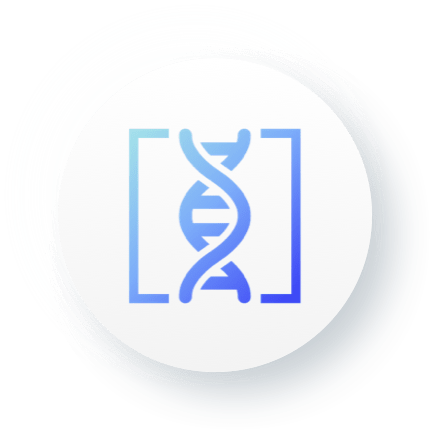Our Klarity™ Platform leverages a broad suite of integrated technologies to provide deeper insights into neural circuits involved in migraine and metabolism. Using this end-to-end set of technologies, we can predict the circuits underlying disease pathways, offering opportunities to uncover new insights into existing programs and inform on future ones.
The Klarity™ Platform
Integrated Technologies for Discovery and Translation

Single cell transcriptional sequencing and atlas generation
Single-cell sequencing leverages next-generation sequencing technologies to analyze genetic information at the molecular level from individual cells. This approach enables the identification of specialized cell types within tissues of interest, including components of the nervous system and brainstem.

Pathway circuit mapping
Pathway circuit mapping builds on this cellular understanding by delineating the communication between cell types in more local and distal neuronal populations. We have used this process to understand circuitry related to the vagus nerve, trigeminal ganglia and other neurons.

Optogenetics and chemogenetics
Optogenetics and chemogenetics are used to understand the function of specialized cells identified through sequencing. These tools enable highly selective activation of specific neurons or neuronal clusters such as vagal neurons, allowing us to observe the resulting physiological effects.

Proprietary validated human genetics
Propriety human genetics enables the deeper analysis of genome-wide association studies to reveal genes underlying human disease, driving target discovery and increasing the probability of translational success. Read related research here:
A unifying statistical framework to discover disease genes from GWASs, McManus et al., Cell Genomics

Mouse and human enteroids
Mouse and human organoids comprise in vitro experimental constructs intended to mimic in vivo cellular functions. This allows us to study the functions of various cell types acting in concert in highly relevant in vitro systems. Read related research here:

Small molecules and peptides capabilities
Small molecules and peptides capabilities are central to our drug discovery efforts and enabled by a team with deep experience across modalities.

